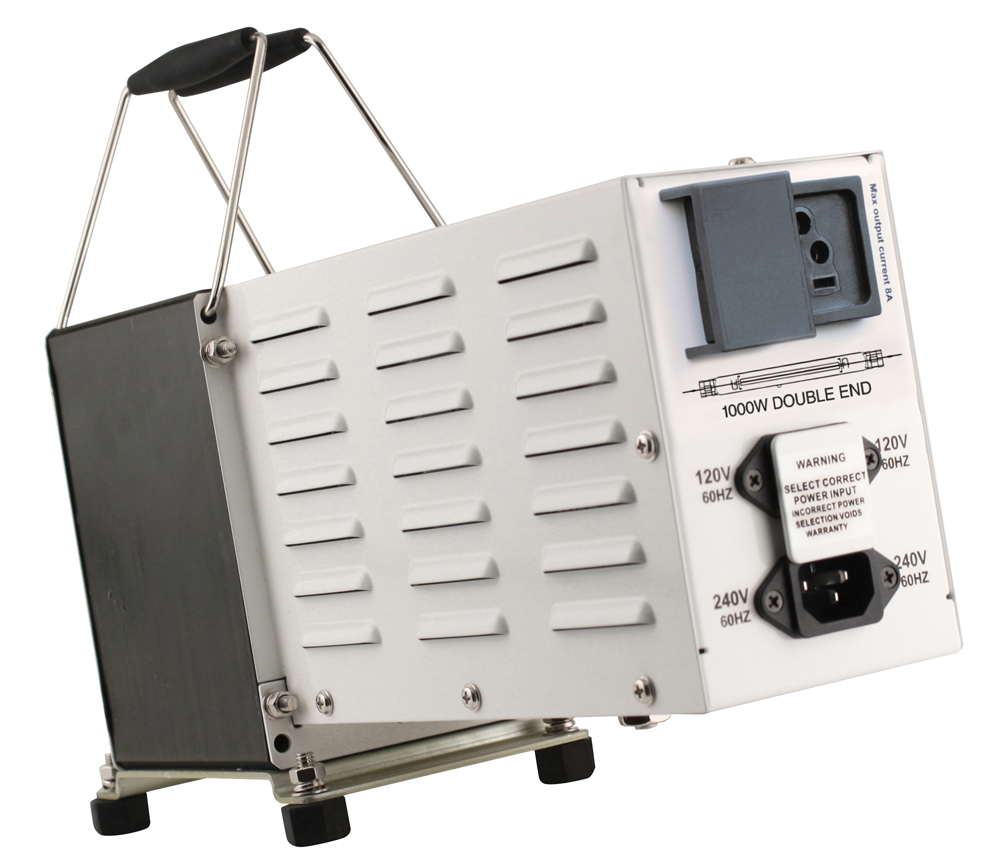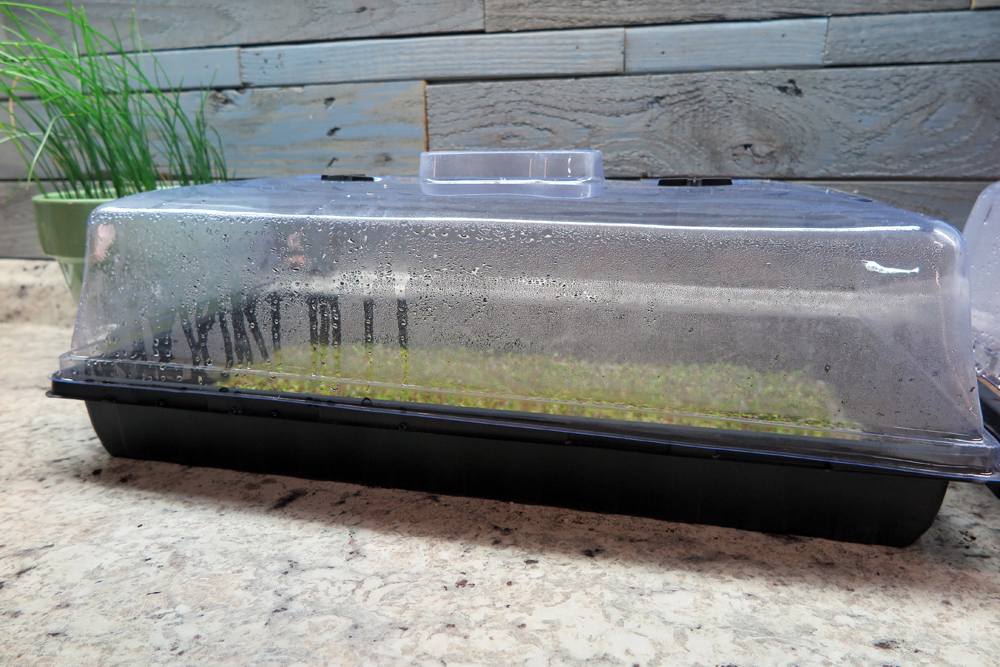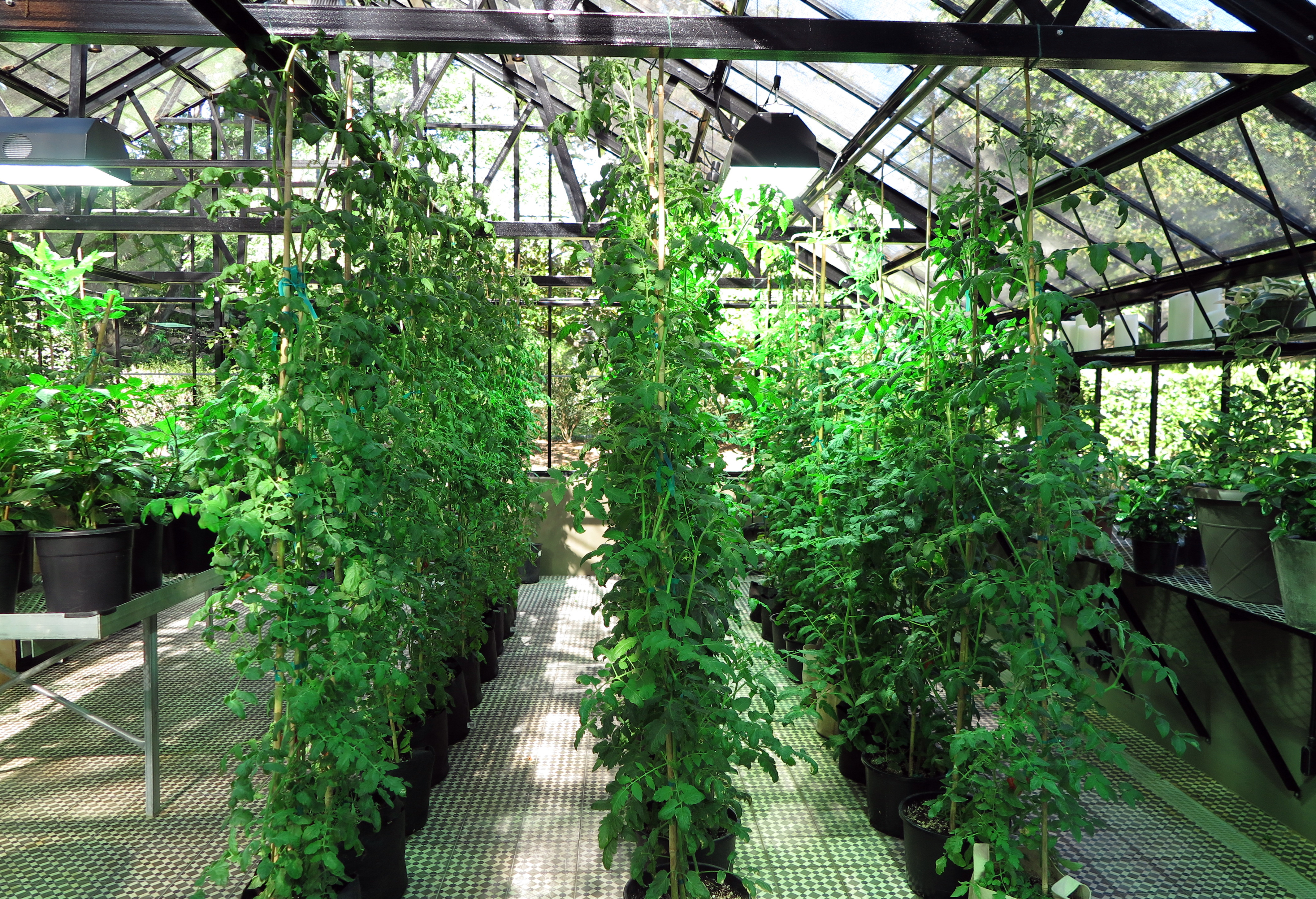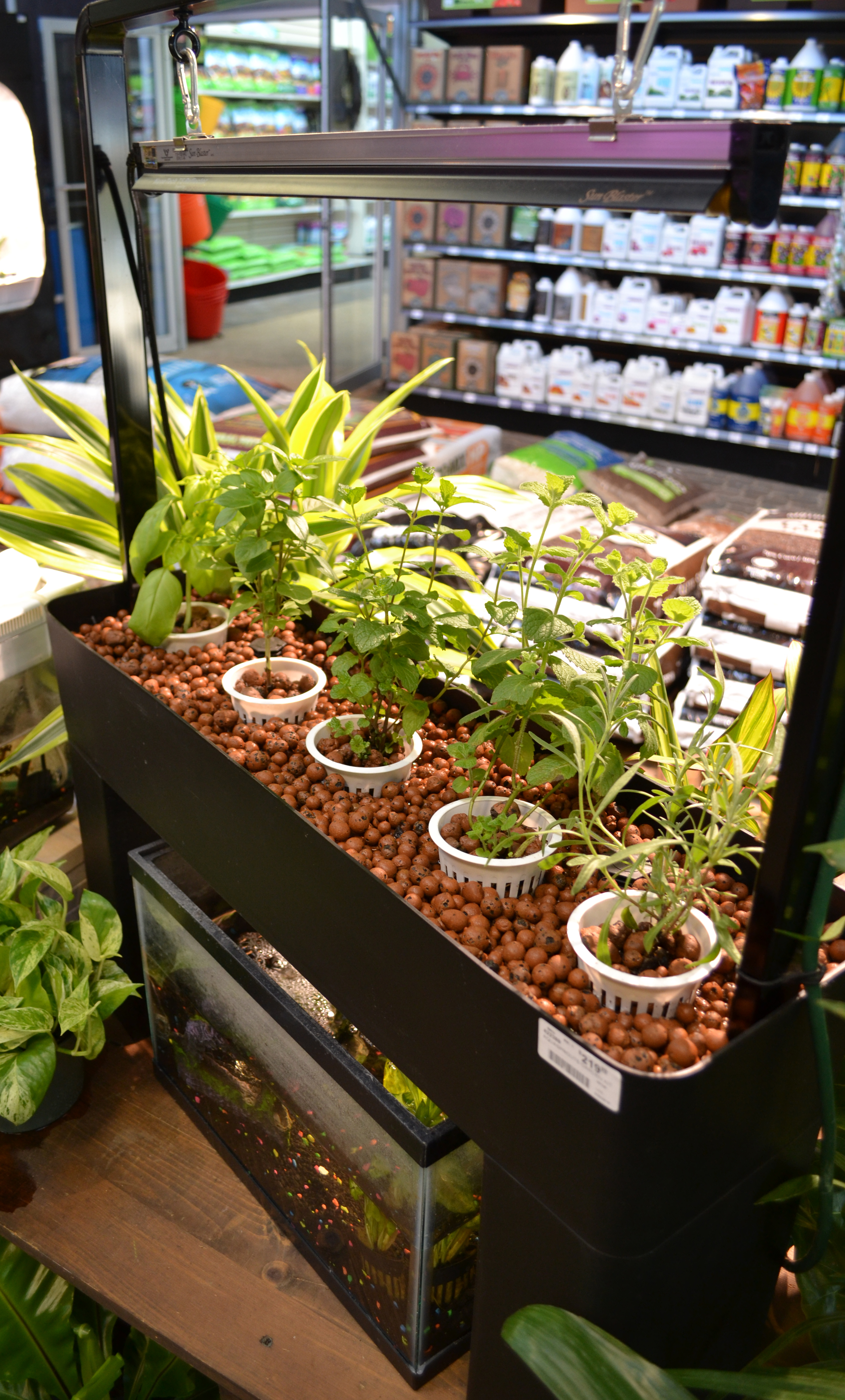What Causes Tomato Early Blight?
September 7, 2018
High humidity and water on foliage spreads diseases such as early blight in tomatoes. Early blight also infects eggplant, peppers and potatoes.
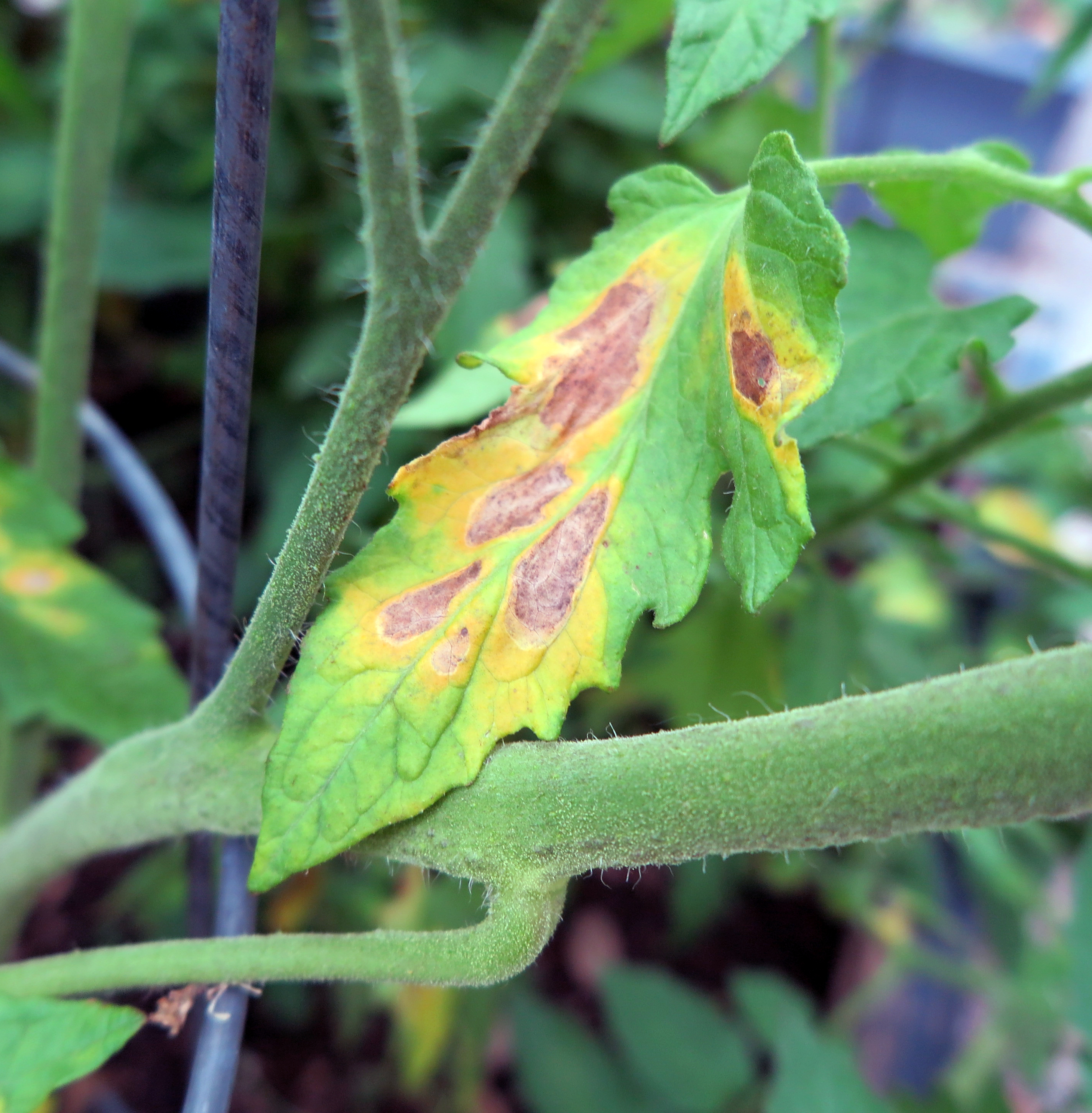
PC: Leslie F. Halleck
Good ventilation and air movement are necessary to reduce disease pressure. Be sure to use fans in enclosed growing spaces and allow enough space between plants to keep the air moving around them.


